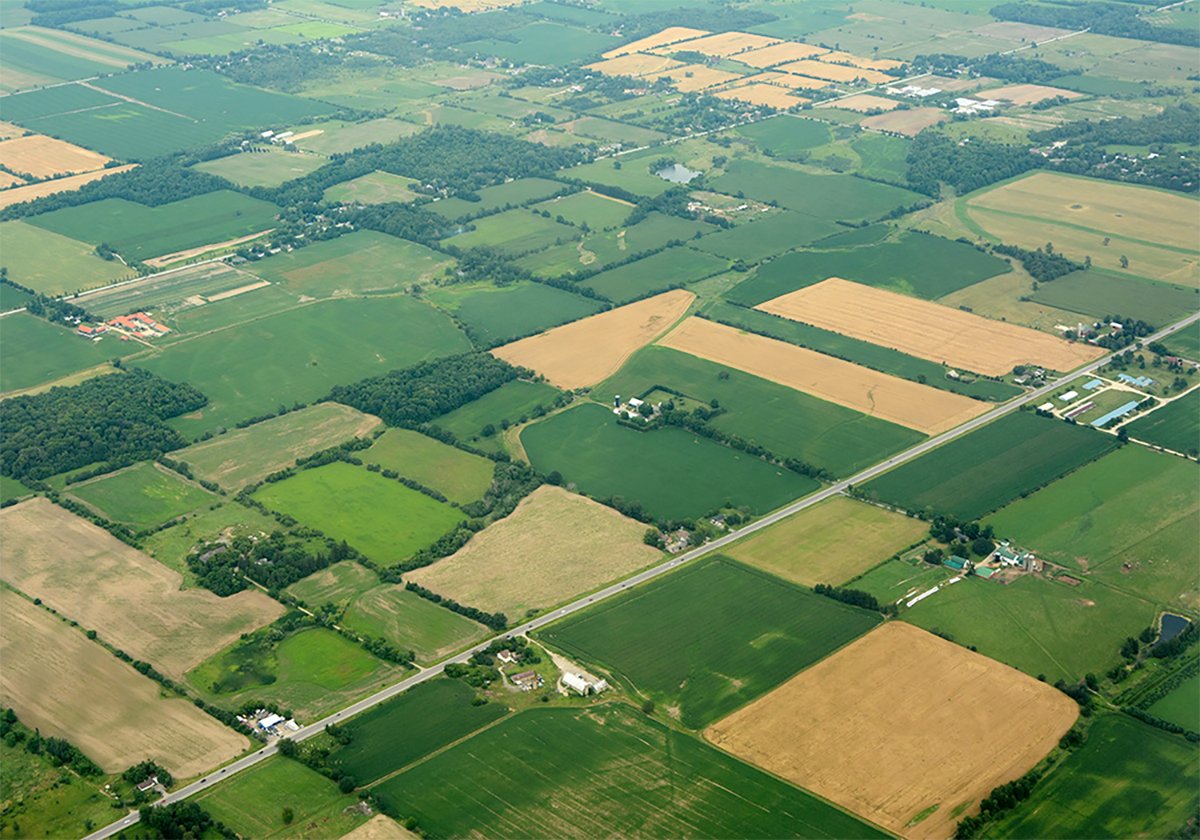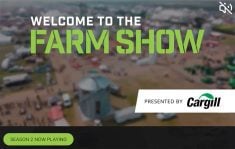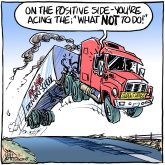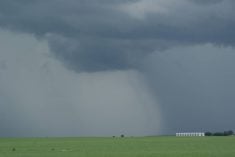Is leasing or buying better for your farm’s bottom line?
The answer is not clear because there is no cookie cutter rule appropriate for all operations. Many factors need to be considered when making this decision.
The tax effect of either purchasing or leasing new equipment could greatly affect the decision.
When you buy a large item, the entire cost cannot be deducted in the year of purchase. Instead, according to income tax rules, the purchase price of the item is deducted over several years through a deduction called capital cost allowance (CCA).
Read Also

Higher farmland taxes for investors could solve two problems
The highest education and health care land tax would be for landlords, including investment companies, with no family ties to the land.
This deduction directly reduces your taxable income and ultimately your annual tax bill but is optional in any given year. For example, if you have income of $10,000 and your allowable CCA amount is $2,000 for the year, you have the option of reducing your taxable income to any amount between $8,000 and $10,000.
The CCA is beneficial because it provides flexibility and allows you to decrease taxable income. This flexibility allows for many tax planning opportunities. Also, there is no time limit, which means it can be held and used up in future years.
The CCA deduction is not applicable when large items are leased. Instead, the entire lease payment is used to reduce taxable income in the year the payment is made.
This can be beneficial if the amount of the lease payment is greater than what the CCA amount would have been had the piece been purchased, ultimately reducing your final tax bill.
However, unlike CCA, you cannot manipulate the amount of this deduction. Therefore, if you spend $2,000 in a given year on lease payments, income has to be reduced by the full $2,000. This can restrict tax planning opportunities.
Determine which method will cost you the most, taking into account factors such as how long you plan to use the item before replacing it.
For example, it may make more sense to lease an item if you plan on replacing it in a short time and the monthly lease cost is less than the monthly financing and CCA cost.
A farm’s cash flow can also be a big factor when making decisions. Lease payments are often lower than monthly financing payments. A lower payment each month could mean more cash in pocket to use on other expenses.
Even if at the end of the day the total cost of leasing is higher than buying, the monthly cash savings could make leasing a better option for your farm.
Many sellers offer interesting deals on farm equipment, such as rental or lease agreements for a specific time with a purchase option at the end. The intent is to take advantage of larger tax deductions up front through the monthly lease costs and then create a lower CCA amount later when the asset is purchased.
The cash output is the same as it would be if the asset was bought up front, but you speed up the tax deduction realized over the term of the agreement.
Many financing and lease options are available when you are buying large assets, each with their own cost considerations. Though tax should be considered when making such decisions, you still need to focus on what is best for your operation.
Consider all aspects of your farm business to ensure you make the most effective decision to lease or buy. It helps to seek the advice of a professional adviser to ensure your assumptions are correct before you finalize your plan.
Colin Miller is a chartered accountant and senior manager in KPMG’s tax practice in Lethbridge. His opinions do not necessarily reflect the views of The Western Producer. He can be reached at 403-380–5707 or by e-mail at colinmiller@kpmg.ca














